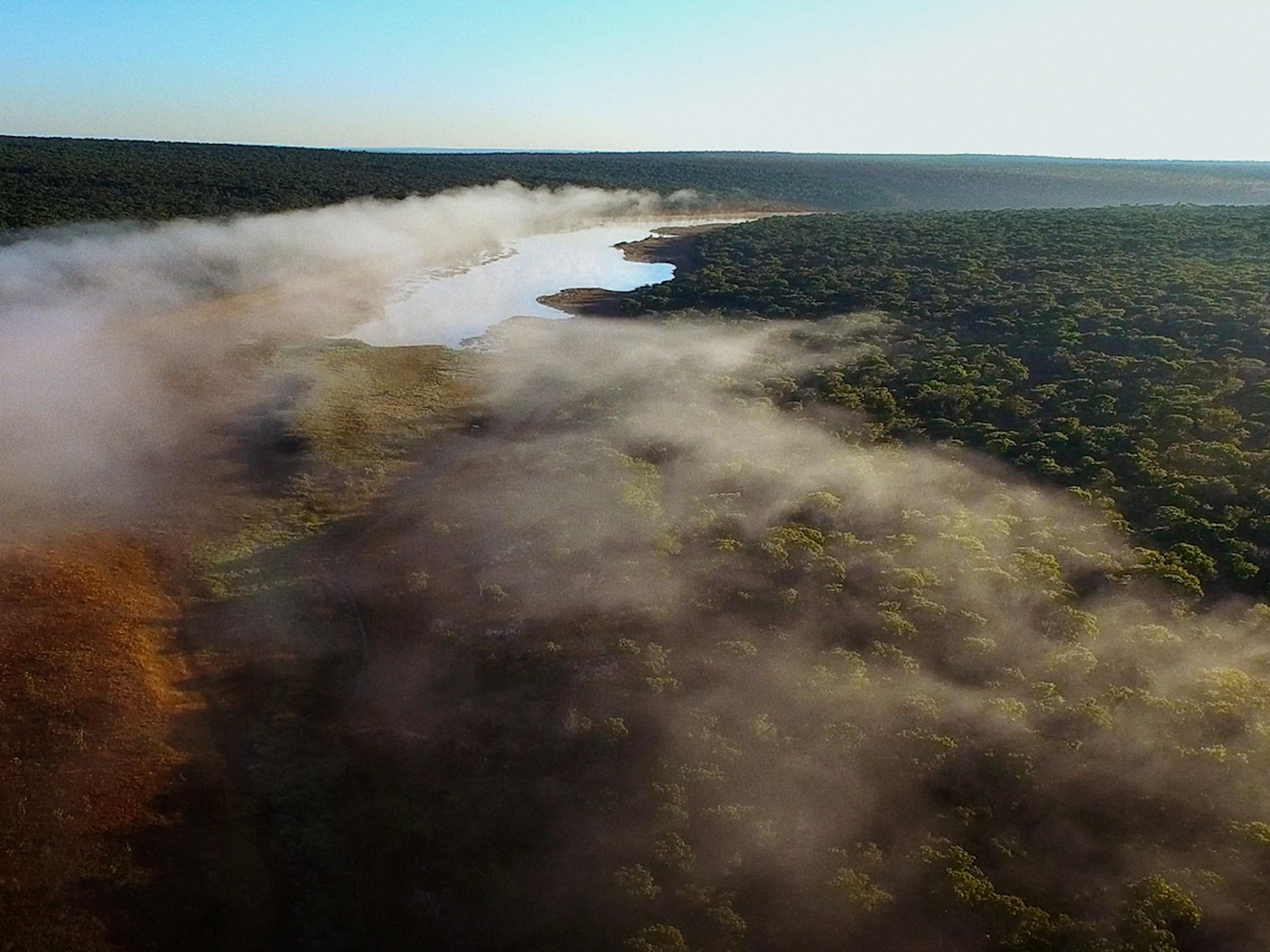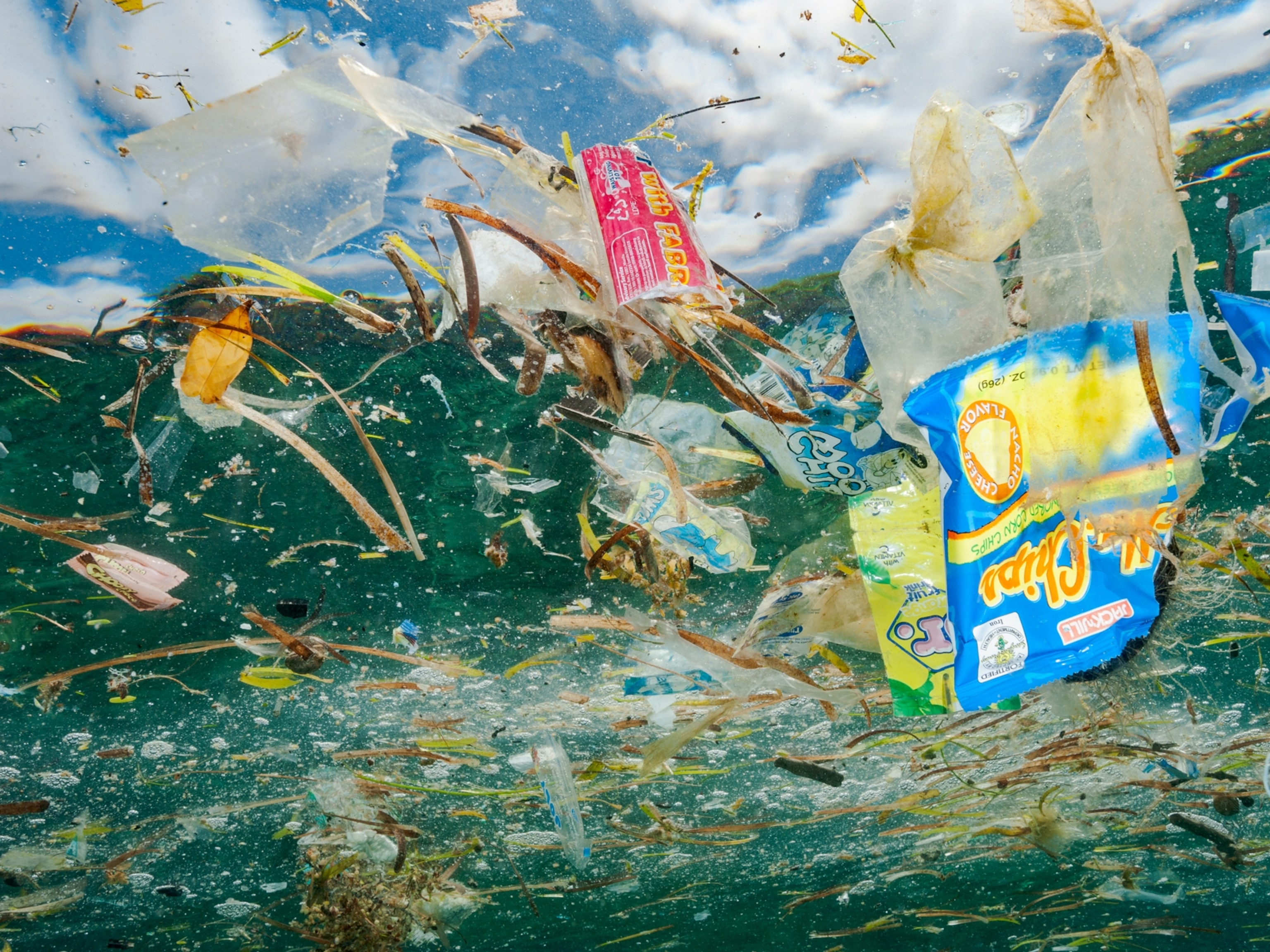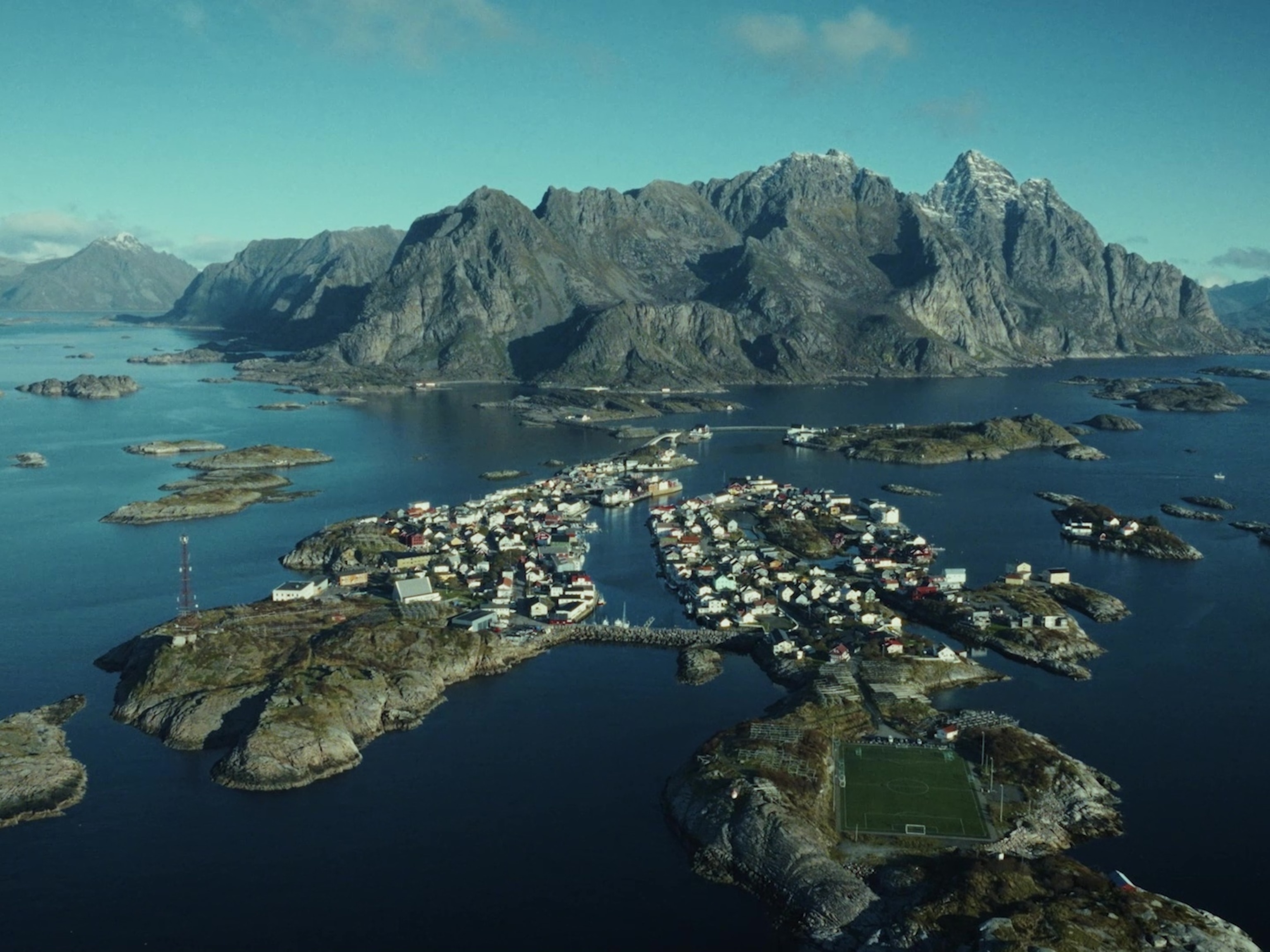Four innovative ideas helping to fix the plastic problem
From production to pollution, plastic is a growing global problem. The strength and versatility of this human-made material has seen it spread to almost every area of life—and all over the planet. If we can’t live without it, how can we innovate to live with it?
In 1869 an innovative new material was created: plastic. Initially envisioned as a substitute for ivory in making billiard balls, the versatility of this new material has seen it applied to almost every aspect of our lives. It’s the basis of many products we use, is weaved into the clothes we wear, helps to preserve the foods we eat, and recently took a frontline role in protecting us during a global pandemic. Plastic is undeniably useful. But being mostly made from fossil fuels, and with around 300 million tonnes of plastic waste created every year, plastic poses a serious threat to both people and the planet: we now need to innovate our way out of the plastic problem. As we consider the best ways to reduce the plastic we use, reuse the plastic we make, and recycle the plastic we no longer need, here are four ideas that are changing the way we use plastic for the better.
1. The Circular Economy
Underpinning a more sustainable use of plastic is the idea of a circular economy where the same raw materials are recycled over and over again, reducing the need to extract or create them anew. A circular economy keeps plastic in a closed loop that helps prevent it leaking into the environment, and as new plastic products are made from already existing plastic, it avoids the need to extract more fossil fuels to create fresh virgin plastic. Creating a circular economy has many challenges, but Unilever is among the big brands working toward this goal for their products, and is one of more than a thousand organizations united behind the Ellen MacArthur Foundation’s vision of a circular economy for plastic by 2025.
2. Refillables
Recycling plastic packaging is vital, but it’s even better to reuse a plastic container multiple times. The idea of refillable containers isn’t new, but it is being reapplied to an ever-widening range of everyday products. While behavior differs around the world, the shunning of single-use plastics has made the refillable water bottle and coffee cup an environmental icon that is reducing both plastic creation and plastic pollution.
Now, the principle of refillables is being applied to foods, cleaning, and beauty—instead of buying a new bottle of product every time it runs out, the same bottle can simply be refilled in a store. In Indonesia, Unilever is pioneering refillables with 11 of its most popular brands—from soap to soy sauce—being pumped from a dispenser into a shopper’s reusable container at an in-store refill station.
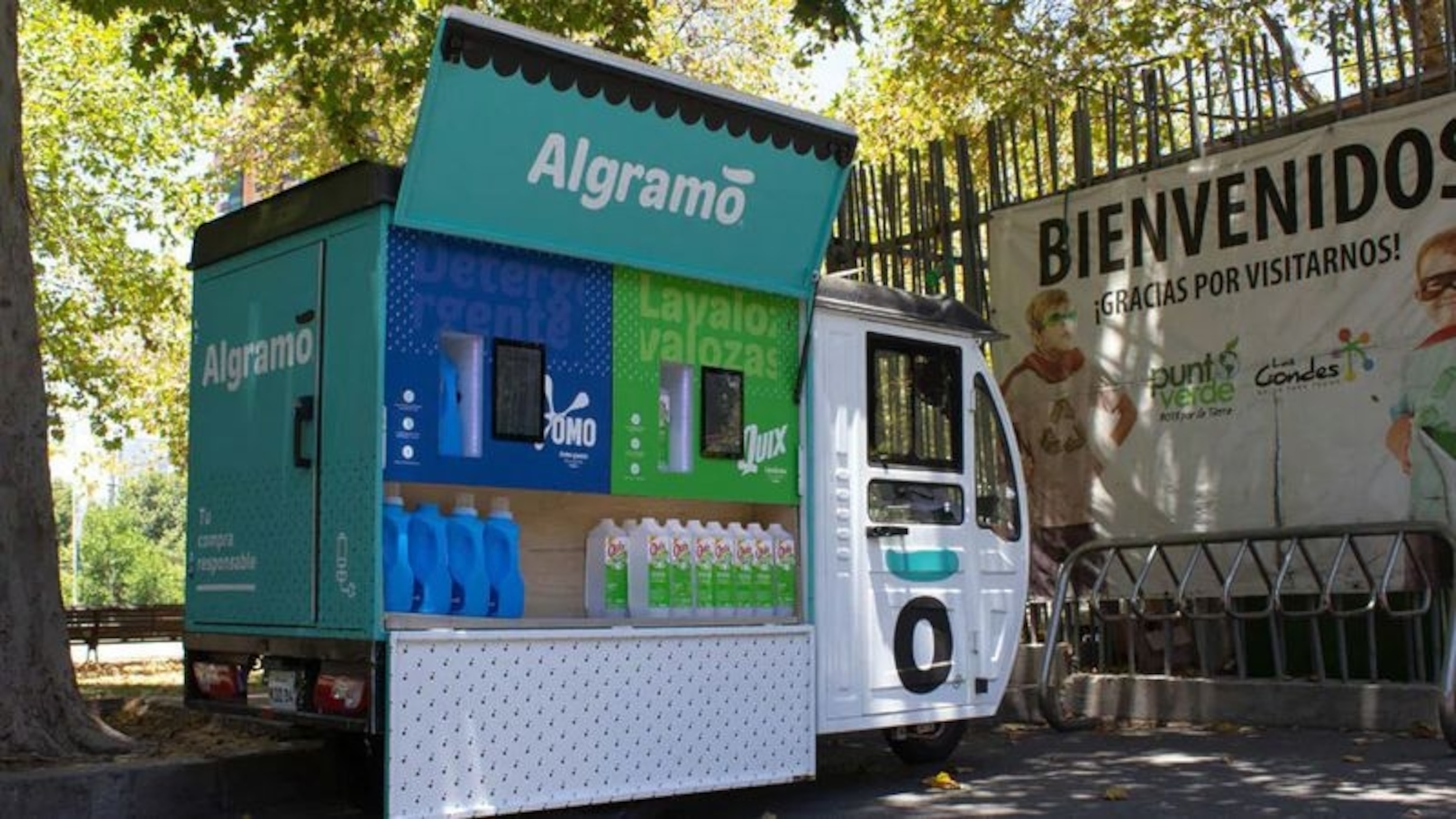
3. Redesigning packaging
Of all the plastic waste produced, 40 percent comes from product packaging. Now many companies are committed to reducing the plastic in their packaging. Sustainably sourced carboard is often a positive alternative to plastic boxes and bubble wrap, and some companies are replacing Styrofoam with straw, a switch back to nature that delivers insulation properties similar to polystyrene. Innovation in Finland has used wood by-products containing cellulose, a common natural polymer, to create compostable, multi-layer packaging material ideal for muesli, nuts, and rice.
To enable the use of paper-based packaging, some brands have changed typically liquid products, such as soaps, into dry solids—eliminating the need for plastic bottles. The Pulpex consortium, a collaboration between Unilever and other industry members, has developed ground-breaking technology to launch the world’s first paper-based laundry detergent bottle made from sustainably sourced pulp and designed to be recyclable.
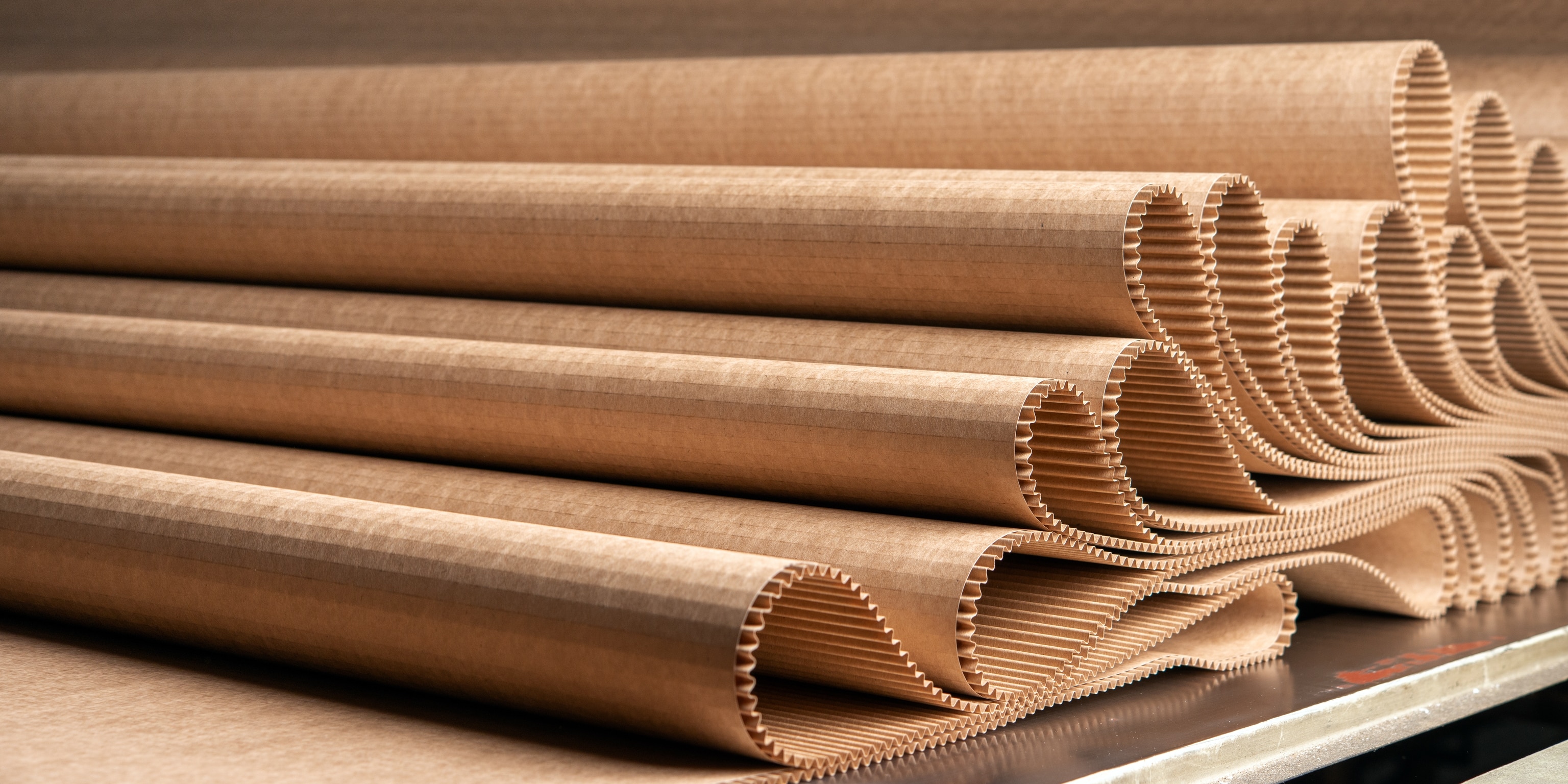
4. Improved Recycling
Recycling is at the heart of the circular economy and is often seen as one of its biggest challenges: only 9 percent of plastic waste is currently recycled. Innovation is enabling more people to recycle plastic waste with products deliberately designed to be more easily recycled. Among the scattered islands of Indonesia, Unilever has supported a scheme that uses phone-based apps to direct people to newly created recycling points where they are paid to bring their plastic waste.
Innovations in sorting waste include using artificial intelligence (AI) to recognize plastic among trash and even making plastic magnetic for easier extraction. Advanced recycling breaks down plastic into its fundamental building blocks that are then reconstructed into “good as new” plastic. For example, one recent advance has adapted a common enzyme to break down plastic naturally, creating virgin-quality plastic so good that it can be used as food packaging. And using another technology, in Europe Magnum has collaborated in the the creation of food-grade ice cream tubs that are made from mixed plastic waste that wouldn’t otherwise be recycled.
Plastic is certainly useful, but we need to reset our relationship with it to prevent the environmental damage it can cause: plastic is a global problem, and it demands a global solution. The world can adapt to reduce and even eliminate plastic pollution, and this needs to be driven by collaboration between governments, businesses, and consumers. All three have a crucial role to play, but a unifying global plan is necessary, and that’s why more than 70 businesses are calling for a UN treaty on plastic pollution. While throwing their weight behind this goal, Unilever and other big brands know that the world cannot wait for international standards to be set, and are already actively innovating and rethinking the way businesses use plastic.


